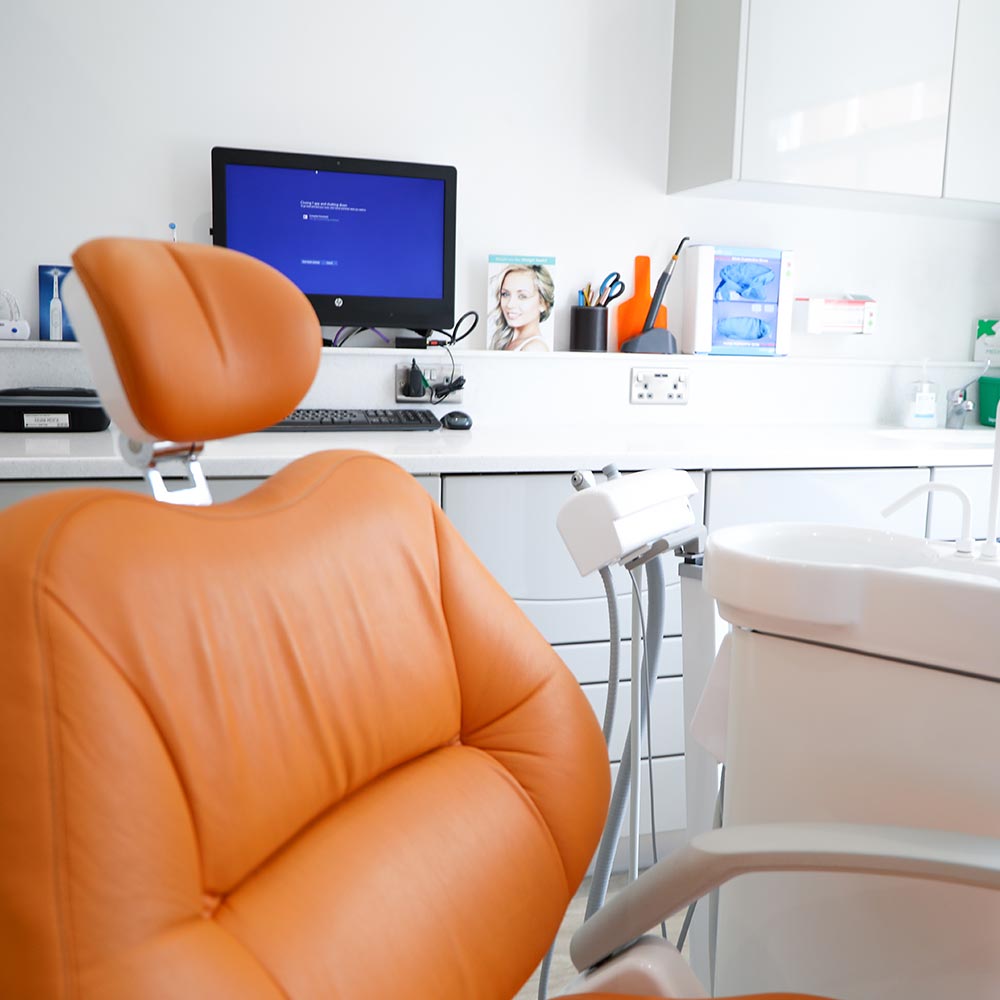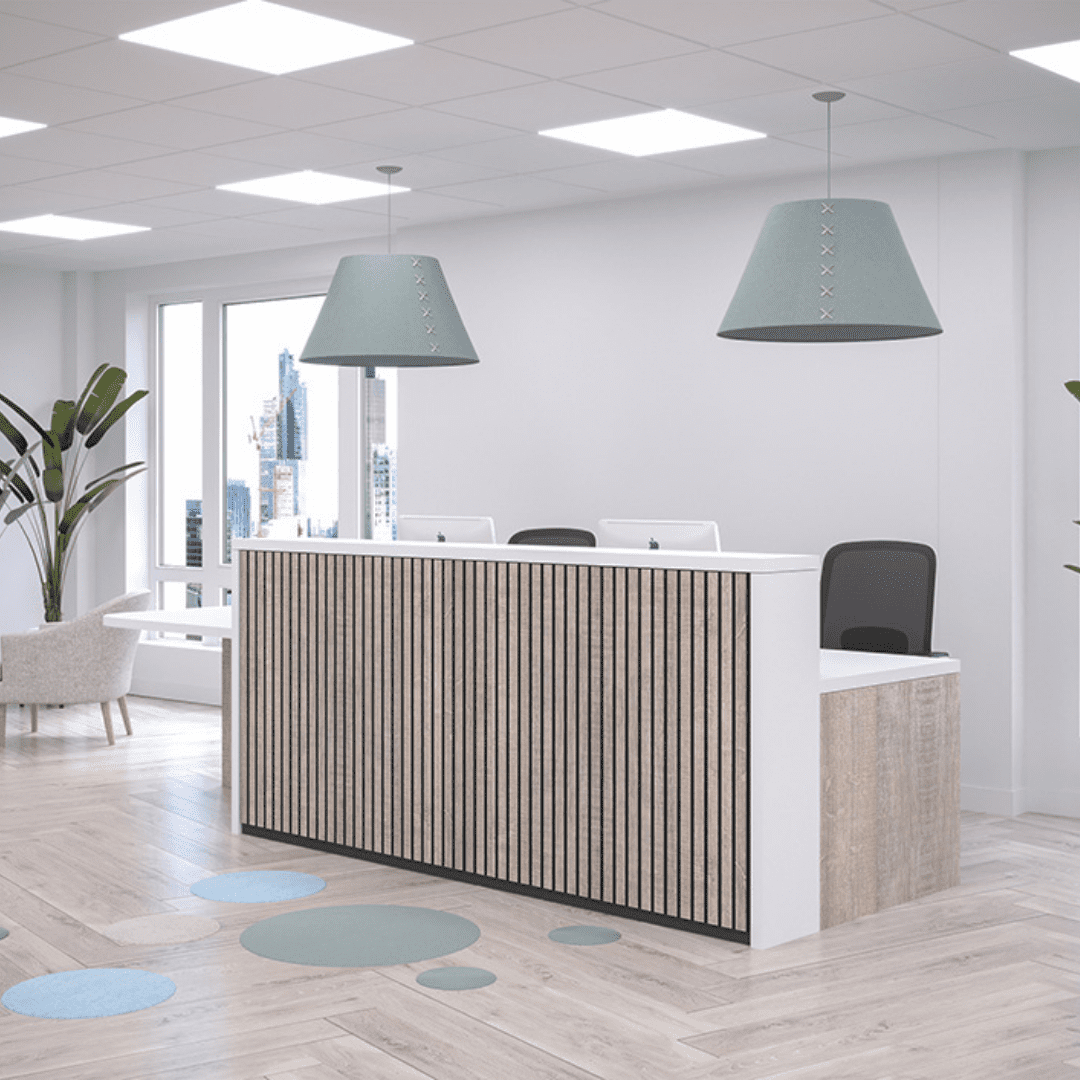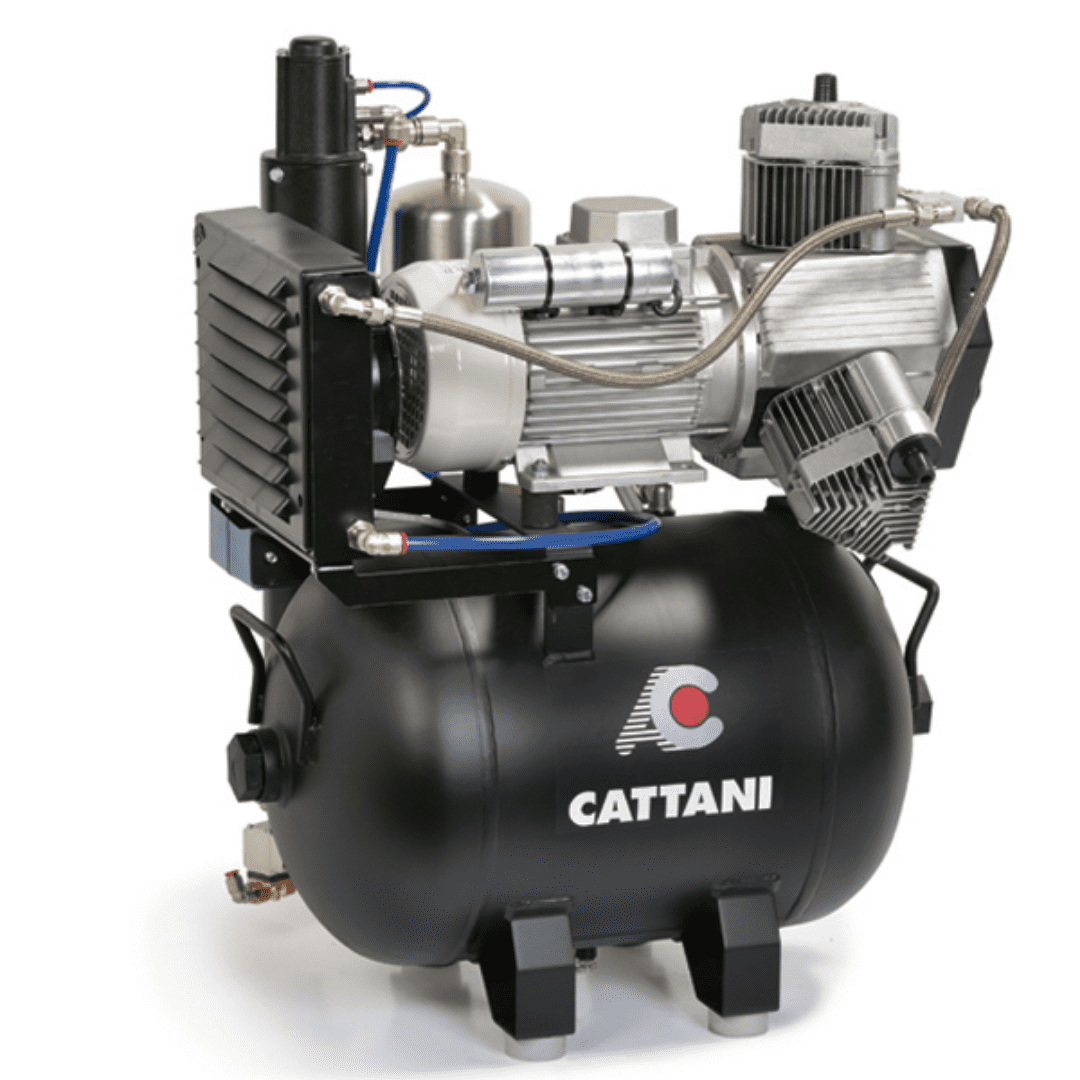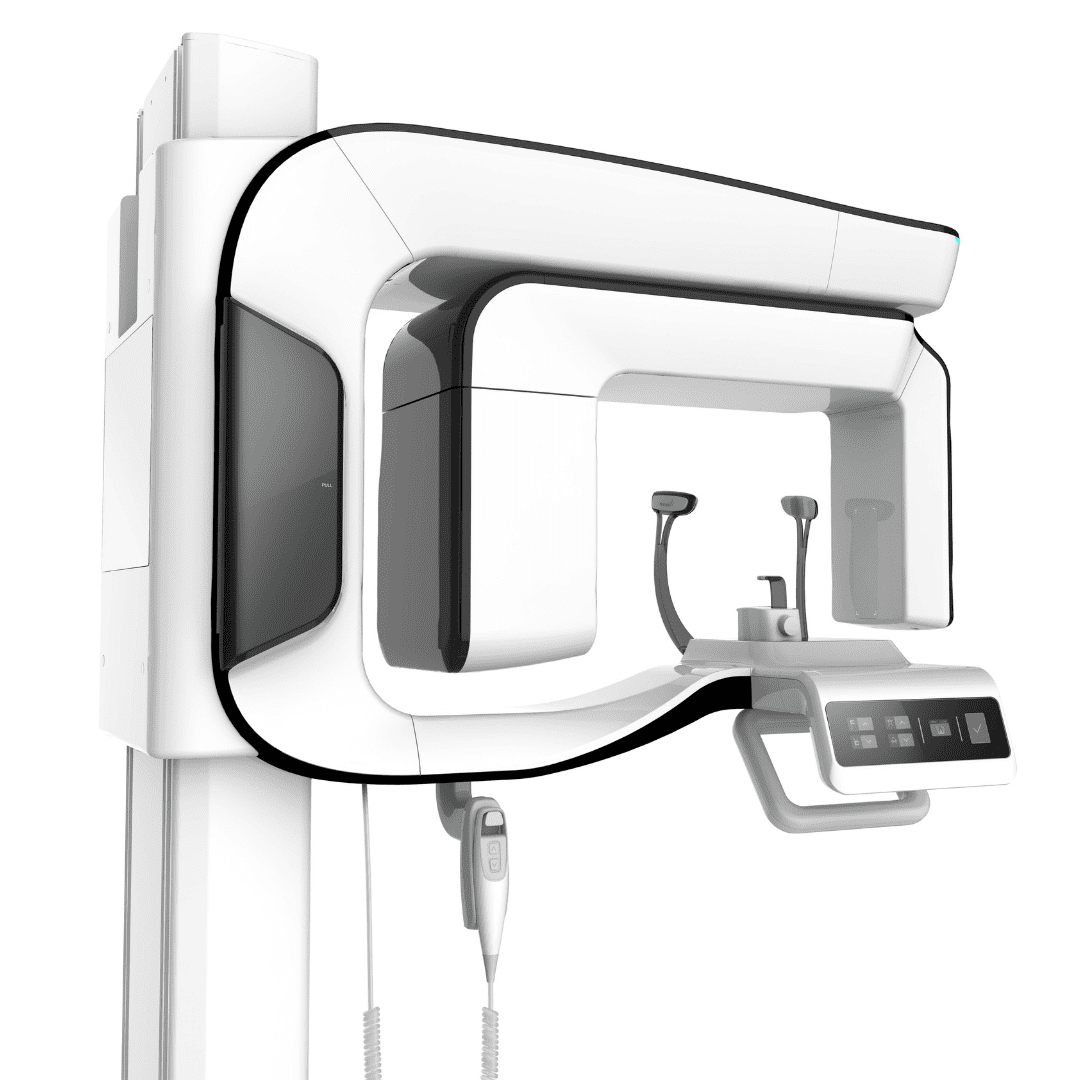Dental chairs are typically made of a combination of materials, including:
Metal: The frame of the dental chair is usually made of metal, such as steel or aluminium, to provide strength and durability.
Upholstery: The seat and backrest of the dental chair are typically covered in a synthetic material, such as vinyl or leather, which is easy to clean and maintain.
Foam padding: Beneath the upholstery, there is usually a layer of foam padding to provide comfort to the patient.
Plastic: Many of the dental chair’s components, such as the armrests and footrests, are made of plastic to reduce weight and improve hygiene.
Composites. Composites are made of a mixture of two or more materials, such as metal and plastic. Composites are often used for the frames of dental chairs, as they are strong and durable while also being lightweight.
Electrical components: Depending on the model, dental chairs may have various electrical components, such as motors, switches, and control panels, which are typically made of plastic, metal, or a combination of both.
The type of material that is used to make a dental chair will affect its price, durability, and comfort.
Hague Dental Supplies are a leading UK supplier of new and used chair packages including world-leading brands A-dec and Belmont.







